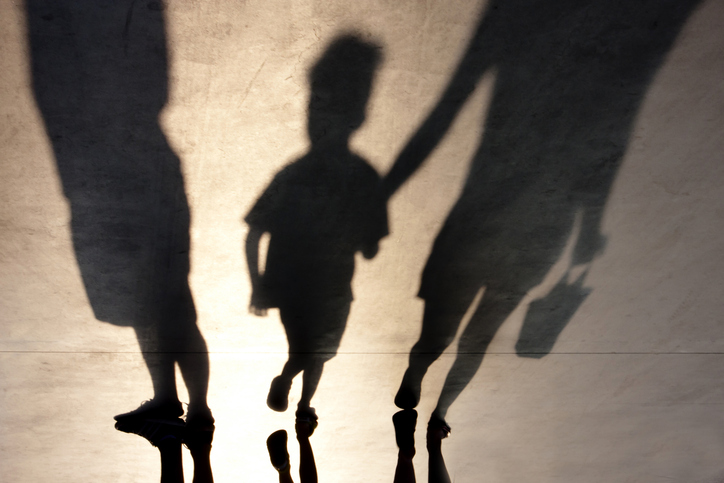The heartbreaking search for 7-year-old Liam A. King in Asheboro, North Carolina, has captured national attention. Liam, who is cognitively impaired and nonverbal, disappeared on September 7, 2025, near Forest Hills Drive. His condition, combined with his age, makes the case especially urgent. Law enforcement has deployed every available resource, including local, state, and federal agencies, drones, helicopters, and specialized canine teams. Still, the boy remains missing as of this writing (People, WBTV).
While the immediate concern is finding Liam safe, the case raises important legal questions about duty of care, public responsibility, and liability in situations involving vulnerable children.
The Duty of Care for Vulnerable Populations
Children, particularly those with cognitive or developmental disabilities, fall into a legally recognized category of vulnerable individuals. Under U.S. law, institutions such as schools, daycares, and healthcare facilities that assume responsibility for children owe them an elevated duty of care. This duty requires reasonable steps to prevent foreseeable harm (Cornell Law School – Duty of Care).
If Liam was under the supervision of a caregiver, school, or institution at the time of his disappearance, serious legal questions emerge:
-
Were proper safeguards in place to prevent him from wandering off?
-
Did the supervising party provide adequate monitoring given his known impairments?
-
Were security systems, fencing, or alert protocols sufficient and functional?
In North Carolina, negligence claims can be brought against institutions if it is shown that the entity breached its duty of care and that breach directly caused harm (Justia – Negligence Overview).
Liability of Caregivers and Institutions
If the investigation reveals that Liam was left unsupervised or that safety protocols were ignored, civil liability could attach to caregivers or institutions. Parents of children with cognitive disabilities often rely on schools or specialized programs to ensure a safe environment. If those institutions fail, families may pursue claims for negligence or premises liability.
For example, inadequate fencing or unlocked gates could fall under a premises liability claim, particularly if the property owner knew children with cognitive impairments were present and likely to wander. This principle is closely related to the “attractive nuisance doctrine”, where property owners must take extra precautions if a hazardous condition could endanger children (Nolo – Attractive Nuisance Doctrine).
The Role of Law Enforcement and Emergency Response
Another legal dimension involves the responsibility of law enforcement and government agencies during missing-child emergencies. North Carolina operates an AMBER Alert system, but issuing such alerts requires strict criteria, including a confirmed abduction. Because Liam was reported as missing but not abducted, an AMBER Alert was not immediately triggered (National Center for Missing & Exploited Children).
This raises difficult questions about whether current alert protocols adequately protect cognitively impaired children who may not understand danger or communicate their needs. Advocates argue for reforms to expand AMBER Alert criteria or to create specialized alerts tailored for children with disabilities.
Broader Policy Implications
Beyond immediate liability, Liam’s case exposes gaps in public safety infrastructure for children with special needs. Policymakers and legal advocates may push for:
-
Mandatory tracking technologies for high-risk children, similar to programs in other states that provide GPS bracelets.
-
Stronger supervision requirements for institutions caring for children with disabilities.
-
Expanded public notification systems beyond AMBER Alerts to ensure rapid, community-wide response in cases like this.
These policy changes could reduce legal disputes in the future by setting clearer standards for care and accountability.
Emotional and Legal Impact on Families
For families, the disappearance of a child is not only emotionally devastating but also legally complex. They may face:
-
Questions of custody and guardianship if multiple parties are responsible for the child’s care.
-
Insurance coverage disputes, particularly if lawsuits arise from negligence.
-
The long legal process of securing justice or accountability if institutions are at fault.
In cases where a child is harmed due to negligence, families often turn to personal injury attorneys to explore their legal rights and remedies.
Why This Matters for Local Communities
The ongoing search for Liam underscores a sobering truth: legal standards exist not only to assign blame after tragedy, but also to prevent it. Parents entrust schools, caregivers, and institutions with their most vulnerable family members, and when those systems fail, accountability is crucial.
In communities like Asheboro and Greensboro, this case highlights the importance of legal advocacy in protecting children with disabilities. For families navigating questions of negligence, liability, and institutional responsibility, working with experienced Greensboro injury lawyers can provide both guidance and a path to justice.







